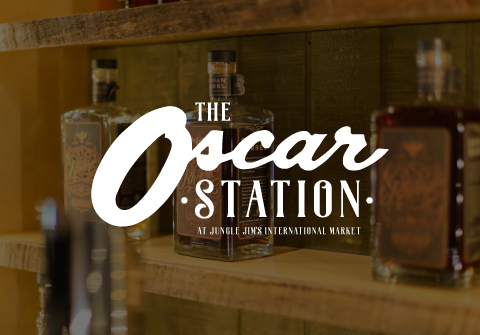
Beer Department: Ever Heard of a Golden Stout?
Back to feed- Posted: 11/27/2018
- Categories: Beer, Craft Beer

Until a year or so ago, I hadn’t either. Like you might be doing right now, I too spent some time scratching my head as the gears between my ears slowly turned. Initially, the mere knowledge that such a seemingly contradictory style could exist begged more questions than it answered. “Is it actually a stout?” “Does it taste good?” “What voodoo are these brewers trying to pull off here?” “Is this a gimmick?” Since the concept of golden stouts seems to have gained some traction and won’t be consigned to the dustbin of history in the immediate future, I thought it high time I shed some light on this enigma.
Golden Stouts, as intuition may suggest, are beers that pour a golden color and yet have all the traditional aromas and flavors associated with stouts, those trusty workhorses of the beer world that span the color spectrum from ruby to brown to cola to pitch black. Typical stout flavors include chocolate and coffee with lesser contributions of caramel and nuttiness as well as hints of toffee and fruit. In regular stouts, be they Dry Stouts like Guinness, Imperial Stouts like North Coast Old Rasputin, or somewhere in between, the chocolate and coffee flavors are owed to the dark malts that are used. Heavily roasted malts impart all the coffee and chocolate we could ever want. Malts also impart color to the beer. Thus, a style like stout whose characteristics are inextricably linked to these dark malts will, by definition, be dark in color, right? Well, Golden Stouts would argue otherwise.
In this sense, it is useful to think of Golden Stouts as a thought experiment born into reality. Some intrepid brewers wanted to challenge themselves to see if they could create a beer that was golden yet tasted like the darker beers we’ve come to know and love. It’s a fairly simple process, really. Brewers making a golden stout simply omit the darker malts in the grain bill. They can still include lighter malts that will offer flavors of toffee, caramel, and nuttiness. To replicate the chocolate and coffee flavors missing from the now-omitted dark malts, brewers add actual chocolate and coffee. These actual adjunct additions will provide flavor and aroma without affecting the color. Golden Stouts are a brewery sleight-of-hand, so to speak. They’re a great way to create some cognitive dissonance in yourself or others. Our brains are programmed to expect a certain range of flavors when we see golden beers and golden stouts mess with these neural pathways. You may very well have to drink a few before your brain comes around to it.
Some folks love these new, niche beers, while some couldn’t be bothered. Still others, like yours truly, have yet to come down on one side of the fence or the other. Do they taste good? Sure they do, and they’re a fun exercise in the creativity of modern brewing techniques. But will they ever supplant their darker brethren? I doubt it. In my experience, while delicious in their own right, golden stouts lack some of the depth of malt complexity that I yearn for in a stout (this makes sense, given that their malt bills are, by definition, simpler). You could even think of golden stouts as a coffee blonde ale with chocolate and maybe some lactose added. Luckily, as I said earlier, I think golden stouts are here to stay and there are some great examples that are worth exploring, including Rhinegeist Penguin and Darkness Brewing Company’s Mayan Sacrifice. So the next time you feel like taking a walk on the wild side with a mind-bending beer, try a golden stout! Cheers!
Eric, Eastgate
Certified Cicerone®


